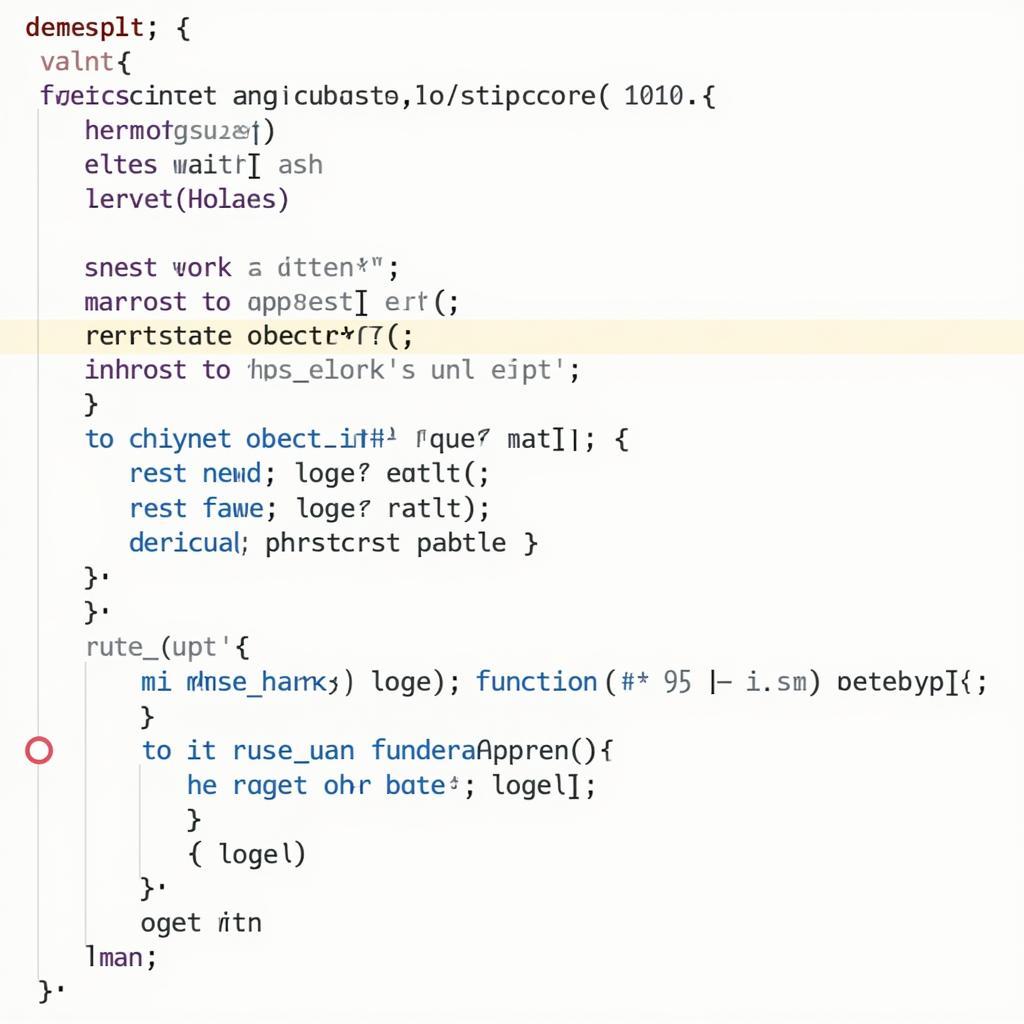call() and apply() in JavaScript are essential methods for invoking functions with a specified this value. Understanding their subtle differences is key to writing flexible and efficient JavaScript code.
Understanding the this Keyword in JavaScript
Before diving into call() and apply(), it’s crucial to grasp the concept of this. In JavaScript, this refers to the current execution context of a function. Its value depends on how the function is called. A common pitfall for beginners is assuming this refers to the function itself, which is not always the case.
 Hình minh họa về từ khóa this trong JavaScript
Hình minh họa về từ khóa this trong JavaScript
The Power of call()
The call() method allows you to invoke a function with a specified this value and individual arguments. This is particularly useful when working with object methods or borrowing methods from other objects.
function greet(greeting, name) {
console.log(`${greeting}, ${name}! I'm using call()`);
}
const person = {
name: "John",
};
greet.call(person, "Hello", person.name); // Output: Hello, John! I'm using call()The Flexibility of apply()
Similar to call(), apply() invokes a function with a specified this value. However, instead of individual arguments, apply() accepts an array of arguments. This is particularly handy when dealing with functions that accept a variable number of arguments or when working with arrays.
function sum(a, b, c) {
console.log(a + b + c);
}
const numbers = [1, 2, 3];
sum.apply(null, numbers); // Output: 6 When to Use call() vs. apply()
Choosing between call() and apply() depends on how you want to pass arguments to the function. If you know the arguments beforehand, call() is generally more straightforward. However, if the arguments are in an array or you’re dealing with a variable number of arguments, apply() is the better choice.
Key Differences and Similarities
Both call() and apply():
- Change the value of
thiswithin a function. - Immediately invoke the function.
The primary difference lies in how arguments are passed:
call(): Accepts individual arguments.apply(): Accepts an array of arguments.
Real-world Examples
Imagine you have a log function that prepends a timestamp to a message. You can use call() or apply() to reuse this function across different objects without modifying their prototypes.
function log(message) {
console.log(`${new Date().toISOString()} - ${message}`);
}
const object1 = { name: "Object 1" };
const object2 = { name: "Object 2" };
log.call(object1, `Message from ${object1.name}`);
log.apply(object2, [`Message from ${object2.name}`]); Ví dụ thực tế về call và apply trong JavaScript
Ví dụ thực tế về call và apply trong JavaScript
Conclusion
call() and apply() are powerful tools that provide fine-grained control over function invocation in JavaScript. By understanding their nuances, you can write more flexible, reusable, and efficient code. Mastering these methods is crucial for any JavaScript developer looking to elevate their skills.
FAQ
-
What is the main difference between
call()andapply()?- The main difference is how they handle arguments:
call()takes individual arguments, whileapply()takes an array of arguments.
- The main difference is how they handle arguments:
-
When should I use
call()?- Use
call()when you know the arguments beforehand and want to pass them individually.
- Use
-
When should I use
apply()?- Use
apply()when you have an array of arguments or when the number of arguments is variable.
- Use
-
Can I use
call()andapply()with arrow functions?- Yes, but remember that arrow functions do not have their own
thisbinding.call()andapply()will change thethisvalue of the enclosing function.
- Yes, but remember that arrow functions do not have their own
-
Are there any performance differences between
call()andapply()?- In most cases, the performance difference is negligible.
-
What happens if I pass
nullorundefinedas thethisvalue tocall()orapply()?- In non-strict mode, it will default to the global object (window in browsers). In strict mode, it will remain
nullorundefined.
- In non-strict mode, it will default to the global object (window in browsers). In strict mode, it will remain
-
How does using
call()andapply()improve code reusability?- They allow you to use the same function with different contexts (
thisvalues) and arguments, promoting code reuse.
- They allow you to use the same function with different contexts (
See also: vue js vs jquery performance, export vs export default react
When you need assistance, please contact us by Phone: 02838172459, Email: [email protected] or visit our address at 596 Đ. Hậu Giang, P.12, Quận 6, Hồ Chí Minh 70000, Việt Nam. Our customer service team is available 24/7.